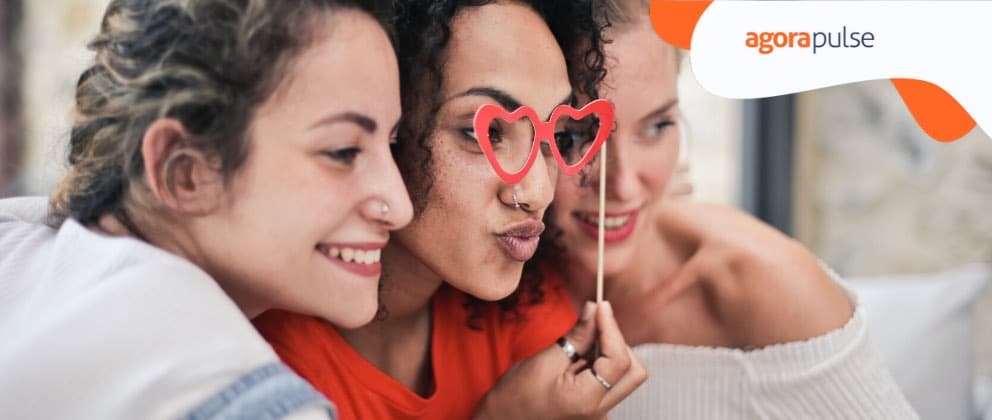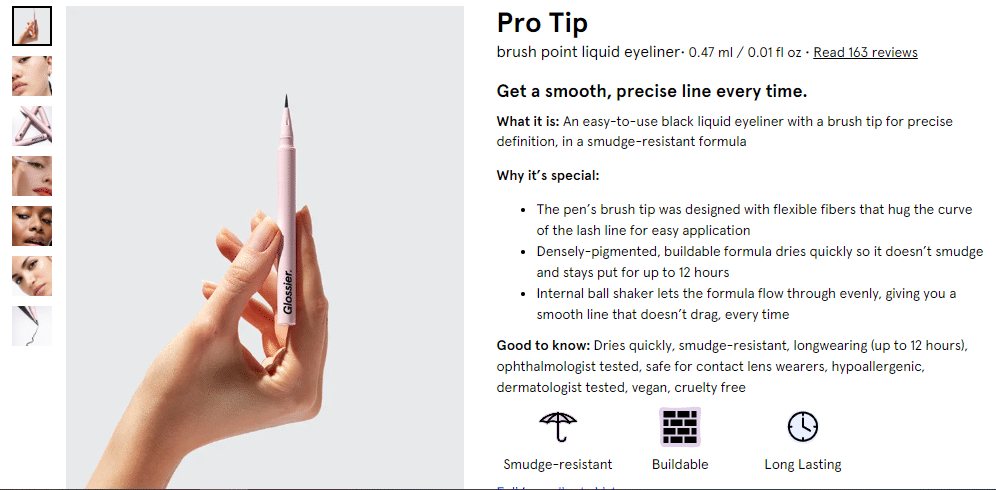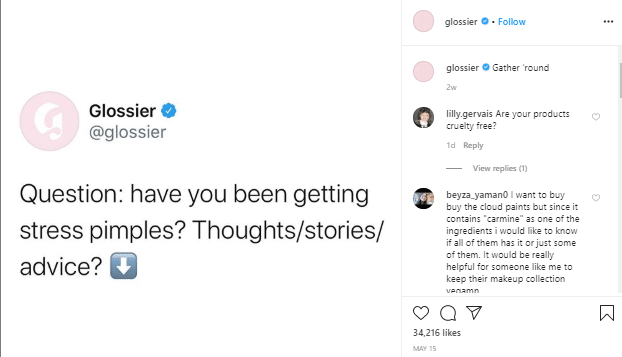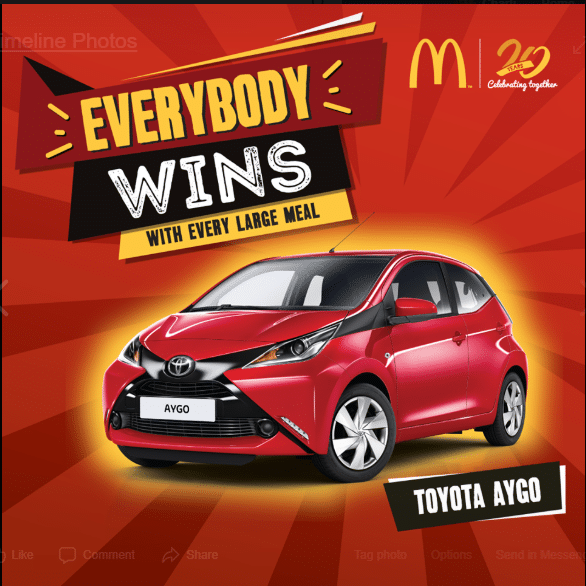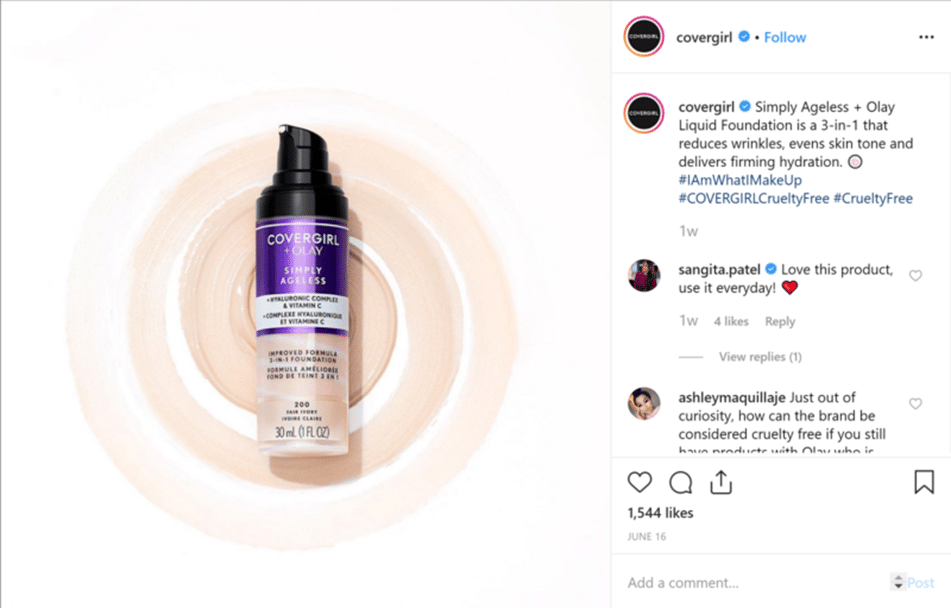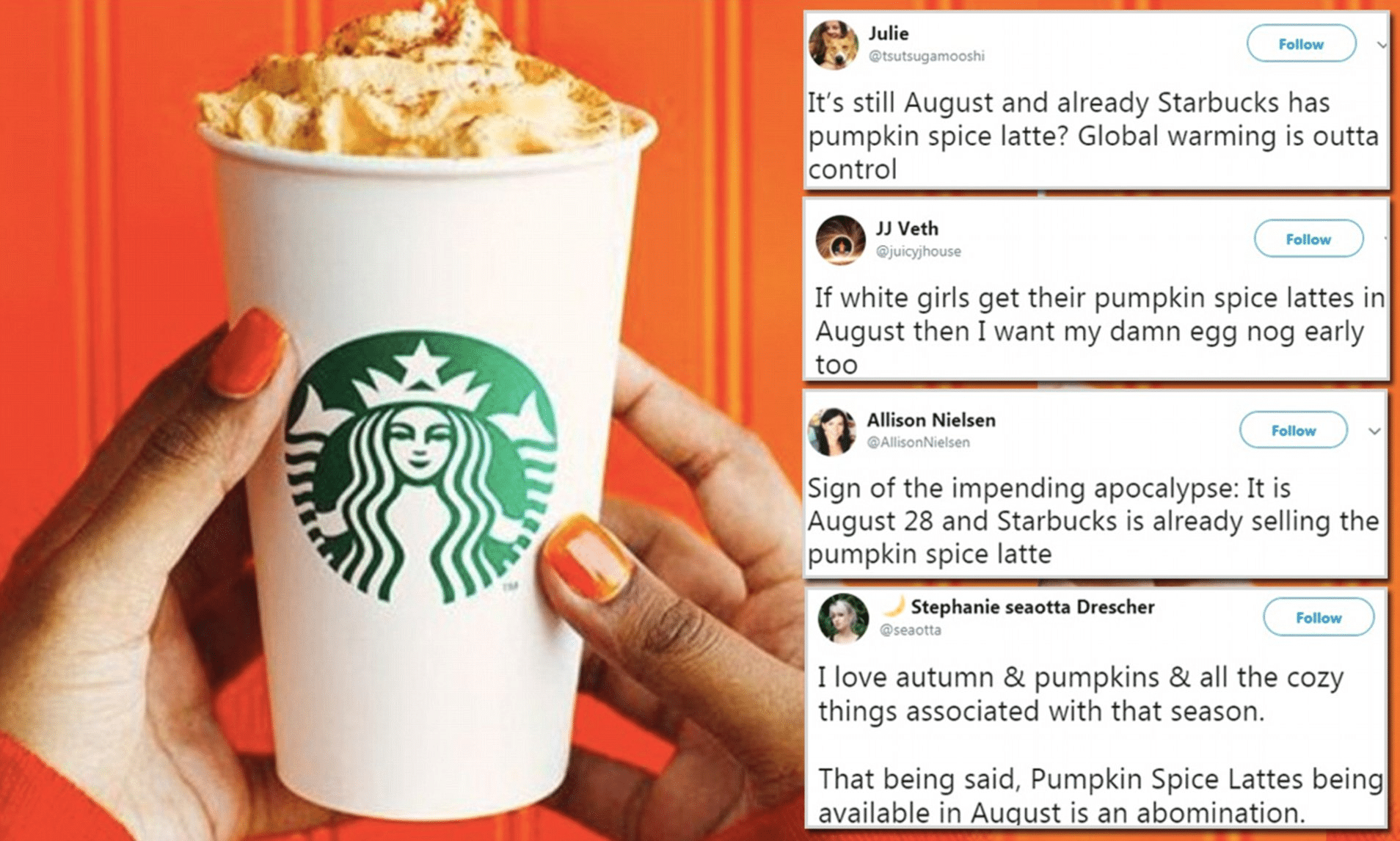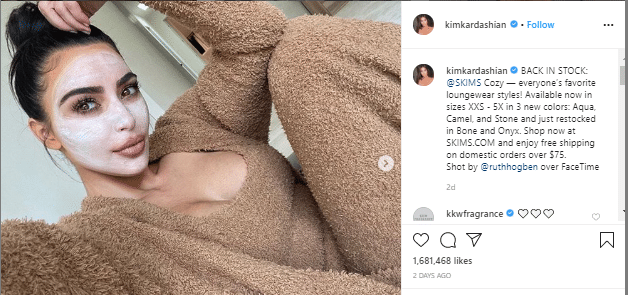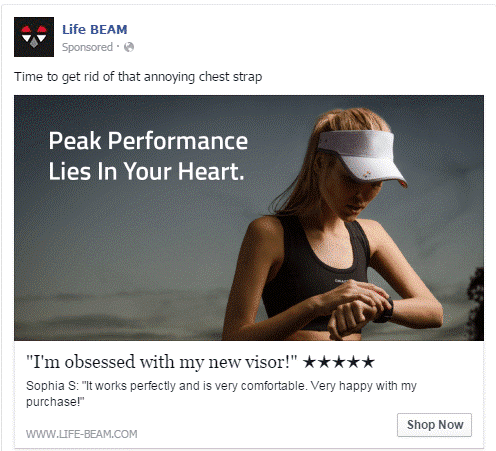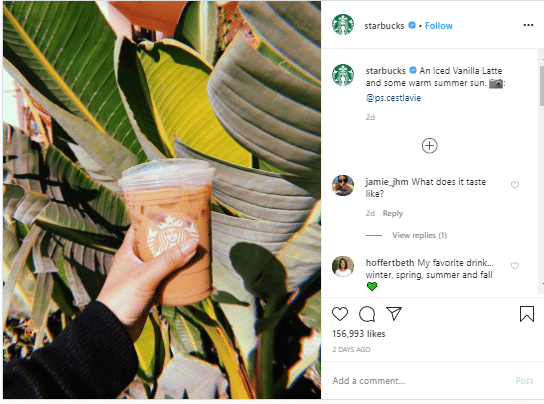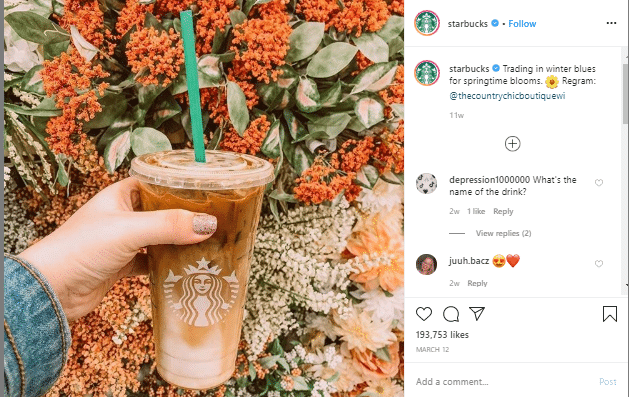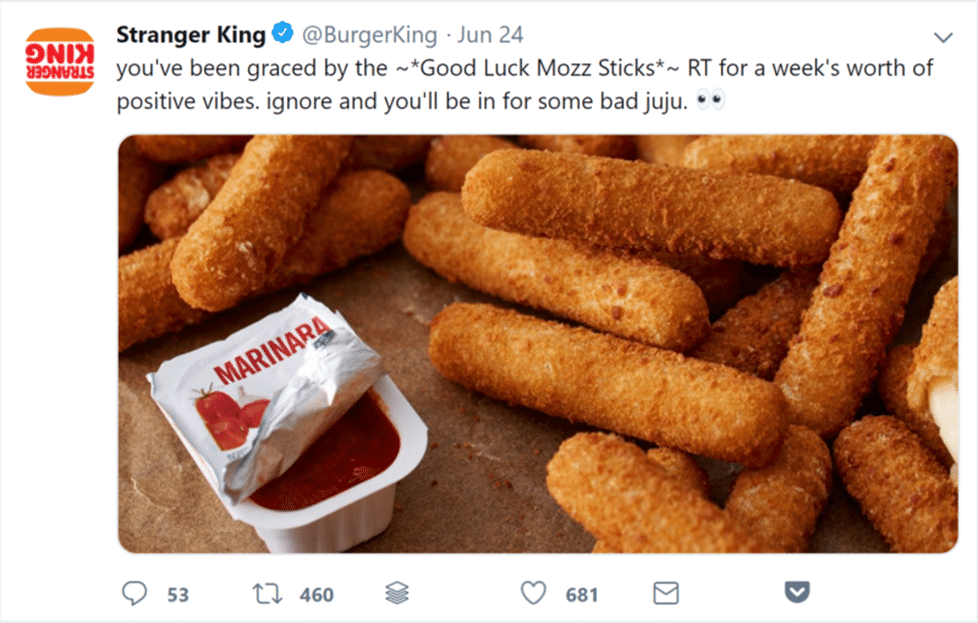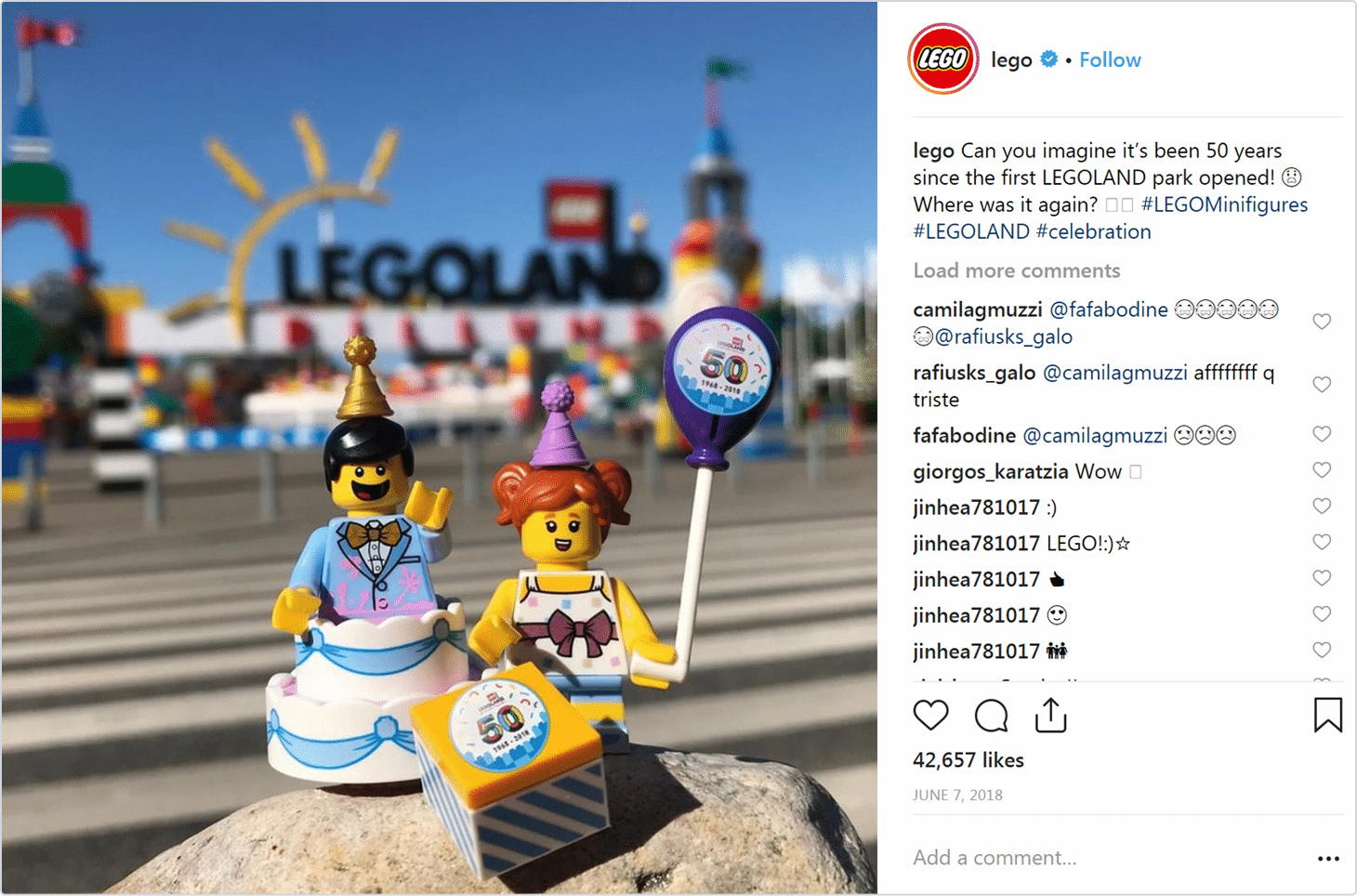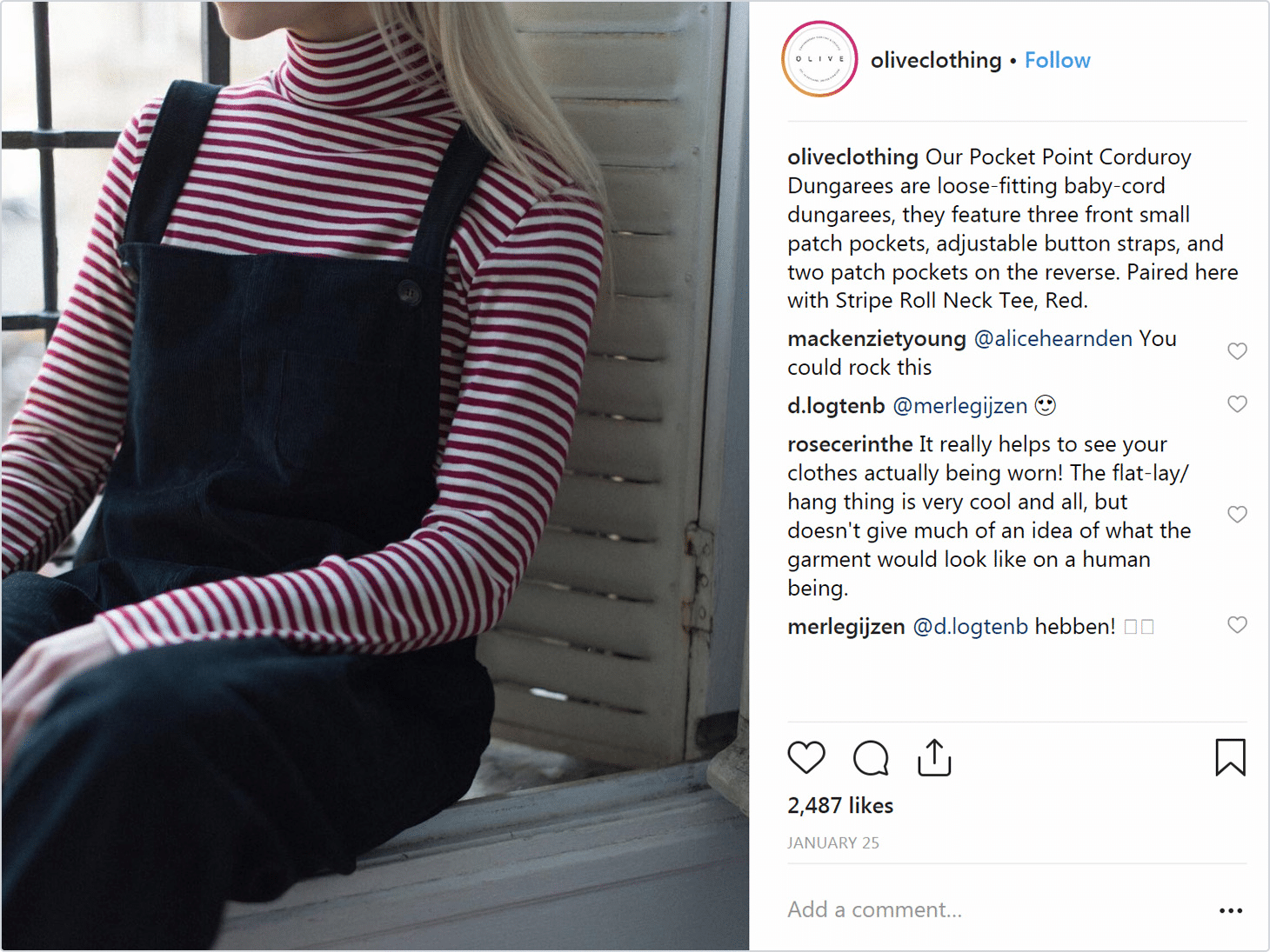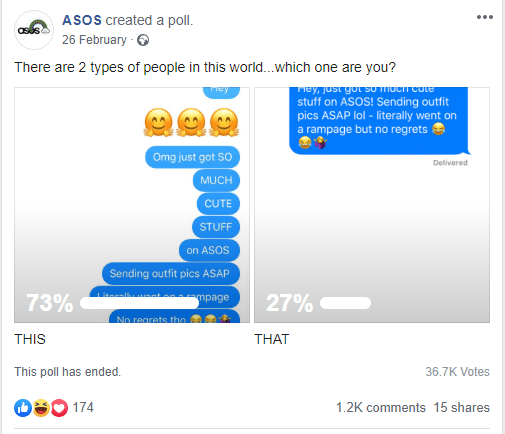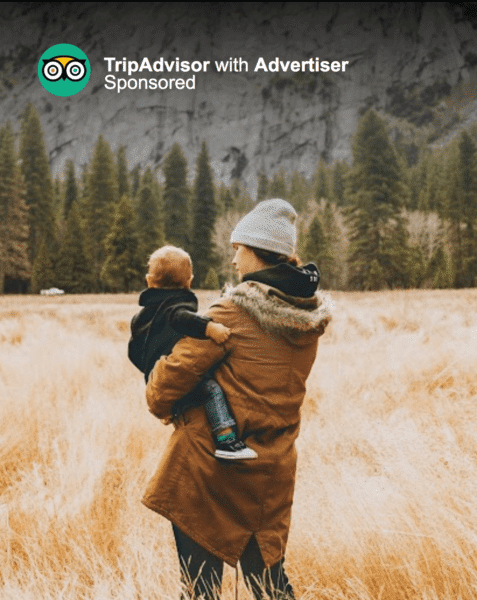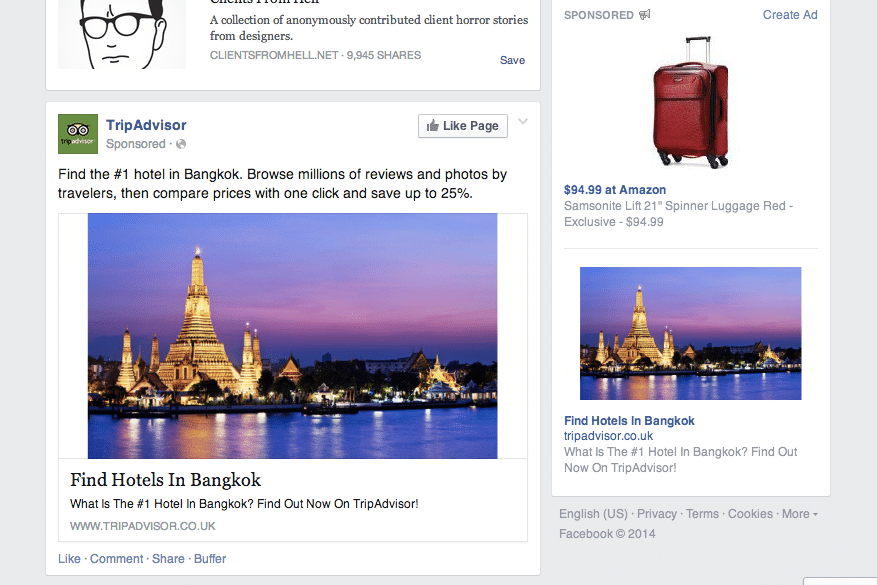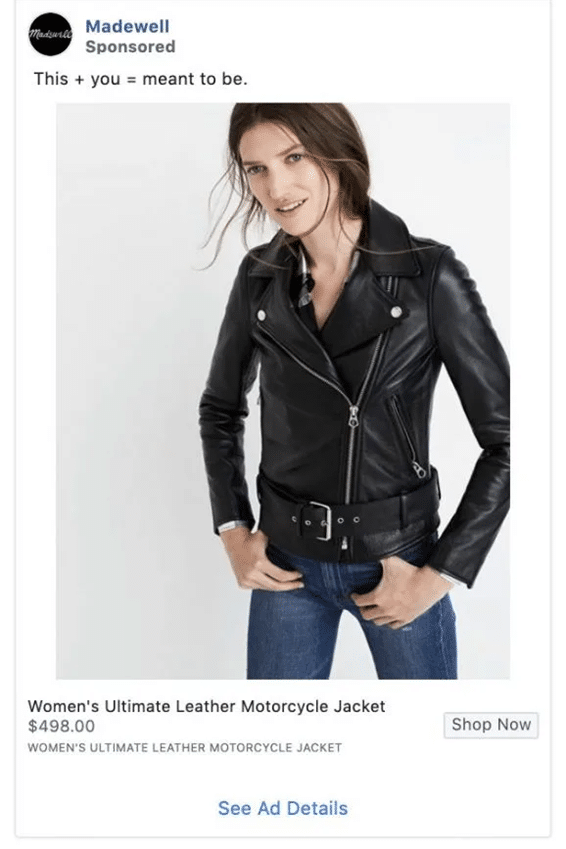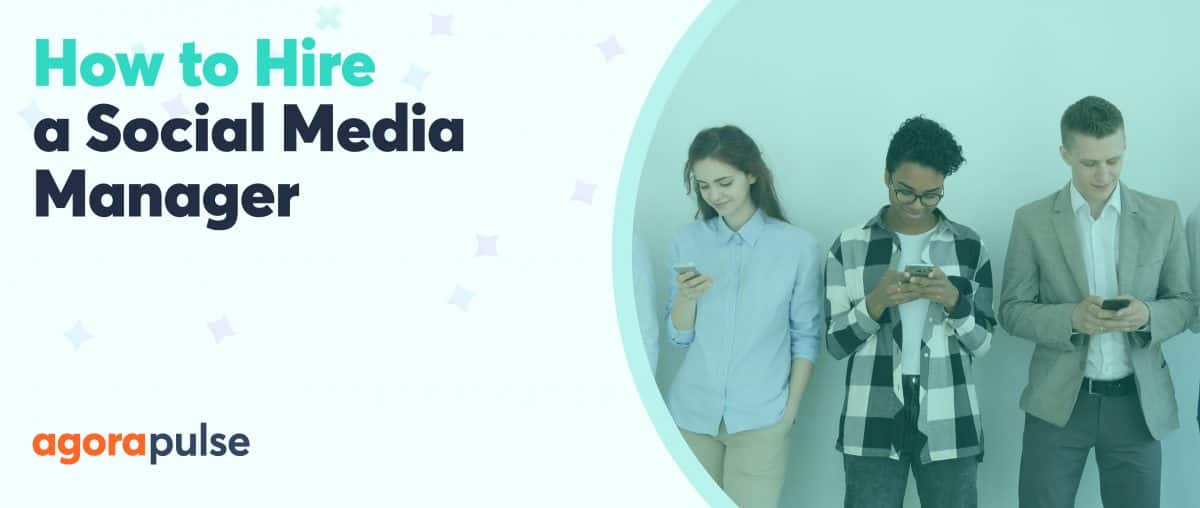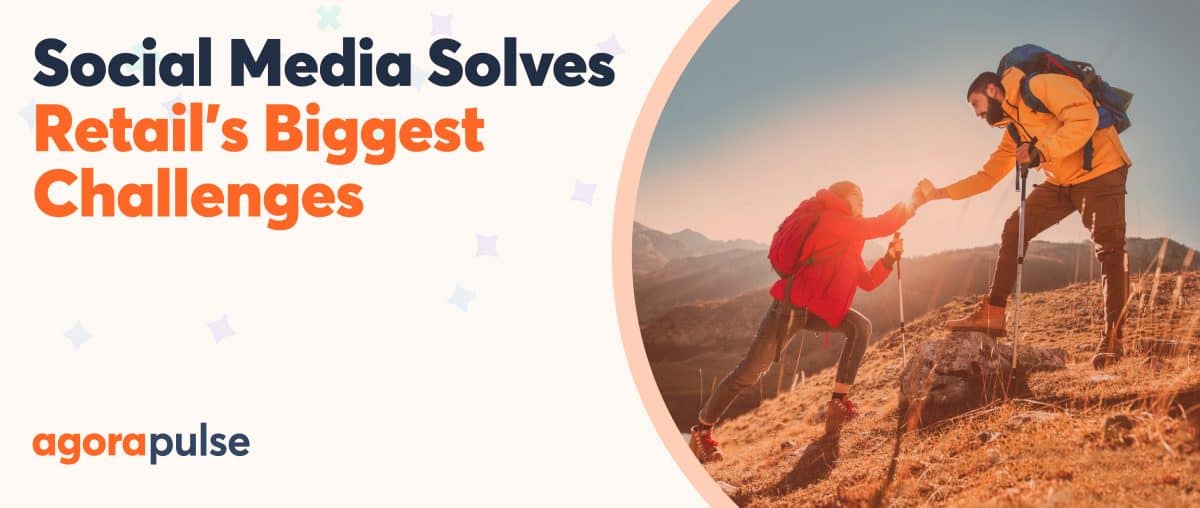A little psychology goes a long way in social media posts. Here’s a look at some tips and tricks from the world of psychology that can help social media managers engage more with their audiences.
If you think the success of certain brands on social media is pure chance, think again. Our favorite brands have been honing their techniques ever since social media began. In fact, the psychological social media tricks that they use can make us feel bonded to their brand, compelled to share, or driven to purchase. Ultimately, psychological marketing or marketing psychology is now the cornerstone of any successful company.
So how do they do it? Should they be doing it? And what can we learn? At my agency Contentworks, we’ve been gleaning some insider knowledge on the subject.
Here are the psychological social media “tips” you need to know.
1. Use Authority
“Authority” refers to the theory that consumers trust people in charge. Using authority in social media posts creates an illusion of being an expert, leader, or the only credible source of information. You may notice this a lot in ads for beauty, skincare, or pharmaceutical products.
Example of this psychological social media ‘trick’
Glossier leverages Authority to boost the perception of its expertise. “Pro Tip” infers that this is an eyeliner that professional makeup artists use. The tone is friendly but authoritative and includes scientific terms like “ophthalmologist tested” and “hypoallergenic.”
Glossier also assumes a level of authority by solving common beauty problems over on its Instagram channel. Notice the “gather round” comment. It’s almost like a teacher explaining something fun to her kindergarten class.
How to establish authority
- Use terms like pro tip, expert advice, or ask the experts.
- Write the titles of any team members shown (e.g., Mary Smith, Head of Consumer Research, Ph.D.).
- Show your team in uniform.
- Back up any claims with facts, stats, or sources.
- Answer audience questions around your product or subject.
2. Utilize Color Psychology
Nearly 85% of people choose a product based on its color. Also, we know that colors trigger psychological responses. But did you know that brands use this to their advantage on social media?
Here’s how colors affect our psychology or influence our perception of a product or brand.
- Red–Anger, urgency, passion, energy, romance
- Purple–Intellectual, regal, luxurious
- Yellow–Joy, happiness, peace
- Blue–Trustworthiness, approachable, soothing
- Green–Freshness, environment, money, start
- White–Cleanliness, emptiness, purity, simplicity, innocence
Color can play an important role in conveying information, creating certain moods, and influencing the decisions people make.
Example of this psychological social media ‘trick’
80% of consumers think color increases brand recognition. McDonald’s is a brand that has associated itself with happiness from day 1. The cheery yellow M logo. The happy meal and kids’ toys, and the onsite playgrounds at each restaurant are there for that exact purpose. Look at its Instagram post below … You can see a childlike image with bright cheery yellow and an invitation to tag a friend and take the friendship test. I would say this is right on the money for its target audience.
Similarly, check out their video “The story of 35-year-old child Sunil” and you will see that its branding is all about evoking feelings of happiness, childhood, and playtime. Sunil says, “I’m collecting memories.”
But see how the colors change when McDonald’s wants to create urgency below. The fiery colors and urgency implore social media fans to take action.
And then we switch to green to show environmentally friendly, fresh and natural.
How to use color psychology
- Think about background colors when you take photographs for social media.
- Ads in color are read over 40% more than those in black and white.
- Choose your CTA button colors. Black, white, and brown are the worst colors; orange, red, and green work best. Even if your CTA on social media is not clickable, it’s still a good idea to highlight the key CTA messages in the right color.
- Photography can also be used to stop social media scrollers in their tracks. Just look at the isolation effect post below. By putting your product in the middle with plenty of space around it, you are drawing the eye. Remember, purple symbolizes luxury and royalty.
- Use seasonal colors to fit the mood of your social media users. For example, check out Starbucks in Autumn. The orange background, nail polish, and topping are not accidental. They make us feel cozy, warm, and in need of a pumpkin spice latte.
Social media psychology tip
Use FOMO (fear of missing out) wisely. FOMO is an immensely powerful social media marketing technique. It goes a bit like this:
- Choose a fear angle.
- Put out an “everyone’s doing it” message.
- Outline the reasons why.
- Create urgency and provide access.
But using fear can be a negative thing, depending on your audience. More and more Millennial-aged consumers are feeling real FOMO anxiety. It’s also questionable to use FOMO techniques for products like credit cards. Use FOMO responsibly.
3. Understand the Power of Social Proof
Social proof is not a new concept, marketers have been using it for years. Social proof is exactly what it sounds like. And it’s clever because it looks as though you’re not really selling. You’re simply showing people that their friends love this product. Or that thousands of people left positive reviews or made a purchase.
According to Robert Cialdini author of The Psychology of Persuasion: “We view a behavior as more correct in a given situation to the degree that we see others performing it.” So often in situations where we are uncertain about what to do, we look to friends, experts, celebrities, or people in power positions.
Example of this psychological social media ‘trick’
Brands on Instagram frequently employ social proof via paid comments and reviews. They are fairly easy to spot because they follow a certain pattern. Hundreds of users asking about the product, how they can order more, praising its effectiveness, and recommending it to others. The brand then swoops in and helpfully answers all those questions. Social media managers know that this just doesn’t happen naturally. Especially for unknown brands.
Social proof is also our favorite influencers or celebrities telling us that a product is great and we should buy it. Though Facebook and Instagram have requested more transparency for paid promotions, this is still very much a thing.
How to use social proof
No, I’m not going to tell you how to buy comments or hire Kim. Let’s look at some ways to create social proof in an authentic way.
- Ask your loyal customers to leave positive reviews for you on social media. This is one of the purest forms of social proof. A total of 90% of readers claim that positive online reviews influence buying decisions. You can also share customer reviews in your ads for some amplified social proof:
- Facebook’s algorithm shares check-ins and comments with friends. If you have a physical business, incentivize visitors to check in to amplify your brand visibility.
- Ask your social media fans to share photos of themselves using your product and tag you. Starbucks does this well. The resulting user-curated images make for great social proof. There is also a micro-influencer element at play here.
Did you know …
Reciprocity is the psychological hack used by top social media marketers. Psychologist Robert Cialdini, found that when we are given a gift, we feel a strong urge to return the favor. In one study, researchers discovered:
When customers received a small piece of chocolate with their bill, they paid a 3% tip. If the server delivered a treat and made eye contact, their tip went up by as much as 20%.
4. Write Persuasive Content
If you wanted someone to do something for you in real life, you would use persuasive, direct, and personable words. You might say, “Jane, can I ask a huge favor of you” or “Adam, could you please help me with something.”
Why then would you use cold and distant language on social media and still expect your audience to do something in return? Social media content should be persuasive but representative of your brand. If your brand voice is playful, your content should be, too.
Example of this psychological social media ‘trick’
Burger King, temporarily renamed Stranger King in line with the Netflix popular series Stranger Things, put out this awesome tweet.
How to write persuasive content
- Make sure you include the most critical information at the start of your caption. The first few words your audience sees should be compelling and relevant. If they aren’t hooked from the start, you’ll miss out on engagement.
- Speak to your audience directly using “you” “you’ve” and “we” to create a bond.
- Employ exciting FOMO words, phrases, and countdowns to make your audience take action.
- Use hypnotic words like “Imagine,” “Believe” or “Because” that have been found to stimulate the subconscious mind and bypass the consumer’s critical thought process.
- Include a CTA if it’s relevant. This might be a link or information about where to get the product.
- Highlight details or benefits that might not be visible from the photo.
- Ask questions but remember that open-ended questions get more engagement than “yes” or “no” questions. You can also run a Facebook GIF poll with set answers like ASOS.
- You need to stand out from the competition and the best way to do that is to consistently reflect your brand personality.
Did you know …
Social media posts that include faces see a 38% increase in likes on Instagram than face-free snapshots. Research proves we can’t help but be captivated by the human gaze and this began in childhood. Psychologist Robert Frantz discovered during one study that infants looked at images with human faces for twice as long.
5. Be Everywhere (Frequency Illusion)
The Baader-Meinhof phenomenon, also known as the frequency illusion or frequency bias is the feeling that after you see something for the first time, you start seeing it everywhere. It’s a bit like when you want to buy a certain car, and then you start seeing that car everywhere you look. Of course, in marketing, this isn’t always accidental.
Example of this psychological social media ‘trick’
Trip Advisor is one of the most aggressive at retargeting. In fact, TripAdvisor recently launched TripAdvisor Connect. This allows ads to appear as co-branded content posts with TripAdvisor’s logo and company name and the “Paid Partnership” language at the top of the ad:
How to convey the frequency illusion
- Consistent branding across all your channels will create the frequency illusion. This will make your brand appear bigger and more established.
- Remarketing is a great way to utilize the frequency illusion. A potential customer has visited your website and suddenly you’re everywhere. While retail remains at the top of the verticals that use retargeting at 27%, other industries are increasing the incorporation of this strategy. A retargeted ad is 10 times more likely to be clicked. Familiarity is probably the main reason
- Team up with local businesses or influencers to amplify your reach.
- Use familiar language. We’ve been here before after all …
Did you know …
Do many brands employ the decoy effect on social media? The Decoy Effect usually presents a decoy option that’s more expensive, pushing social media users to choose an alternate presented choice. It also encourages shoppers to believe they saved money. You may notice this in carousel ads on Facebook.
In Conclusion
Social media psychology is constantly at play among big brands. If you’re running your own social media channels then you may want to experiment with some of the techniques I mentioned.
* * *
Sign up now for a FREE demo.
